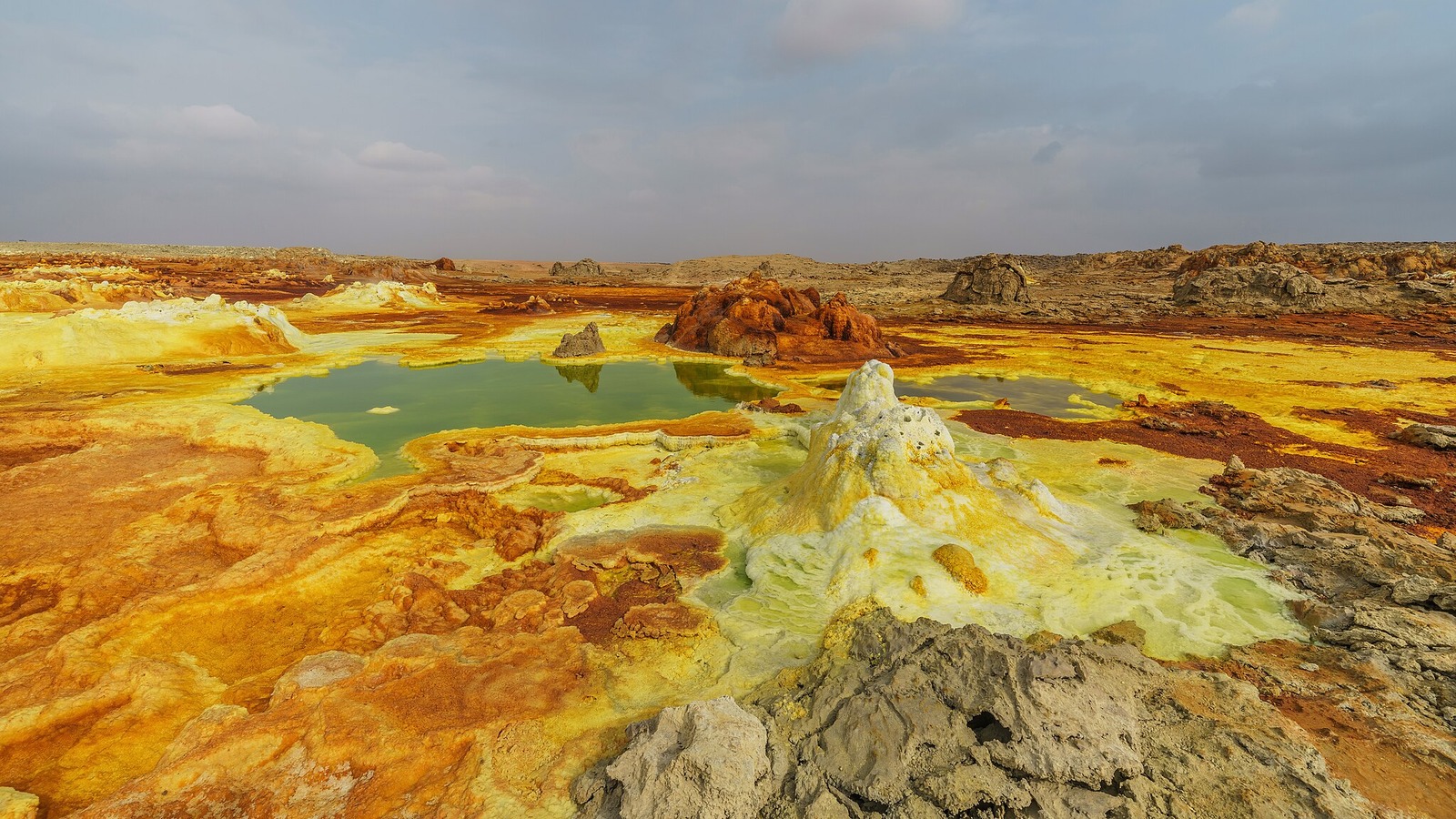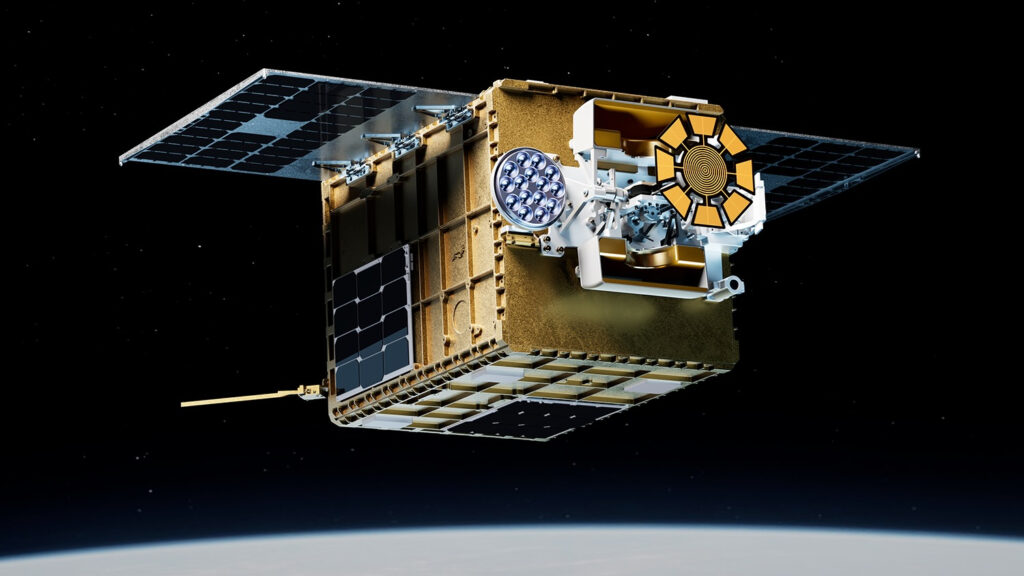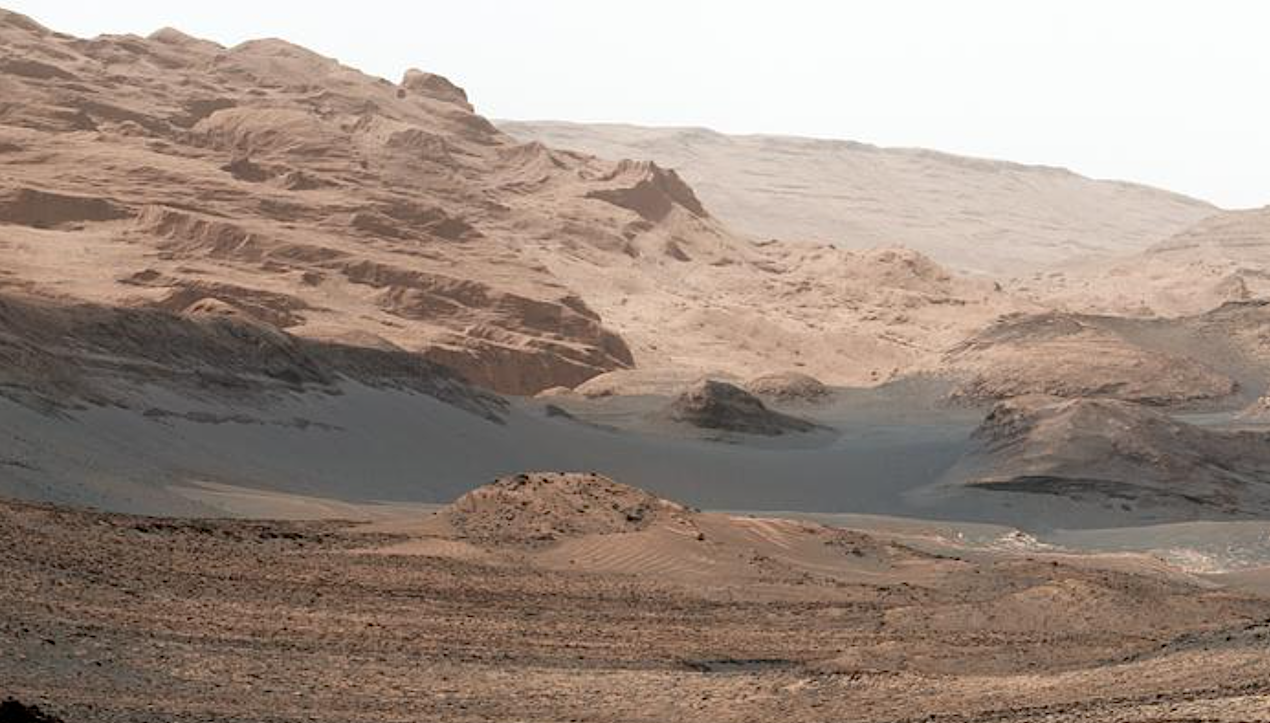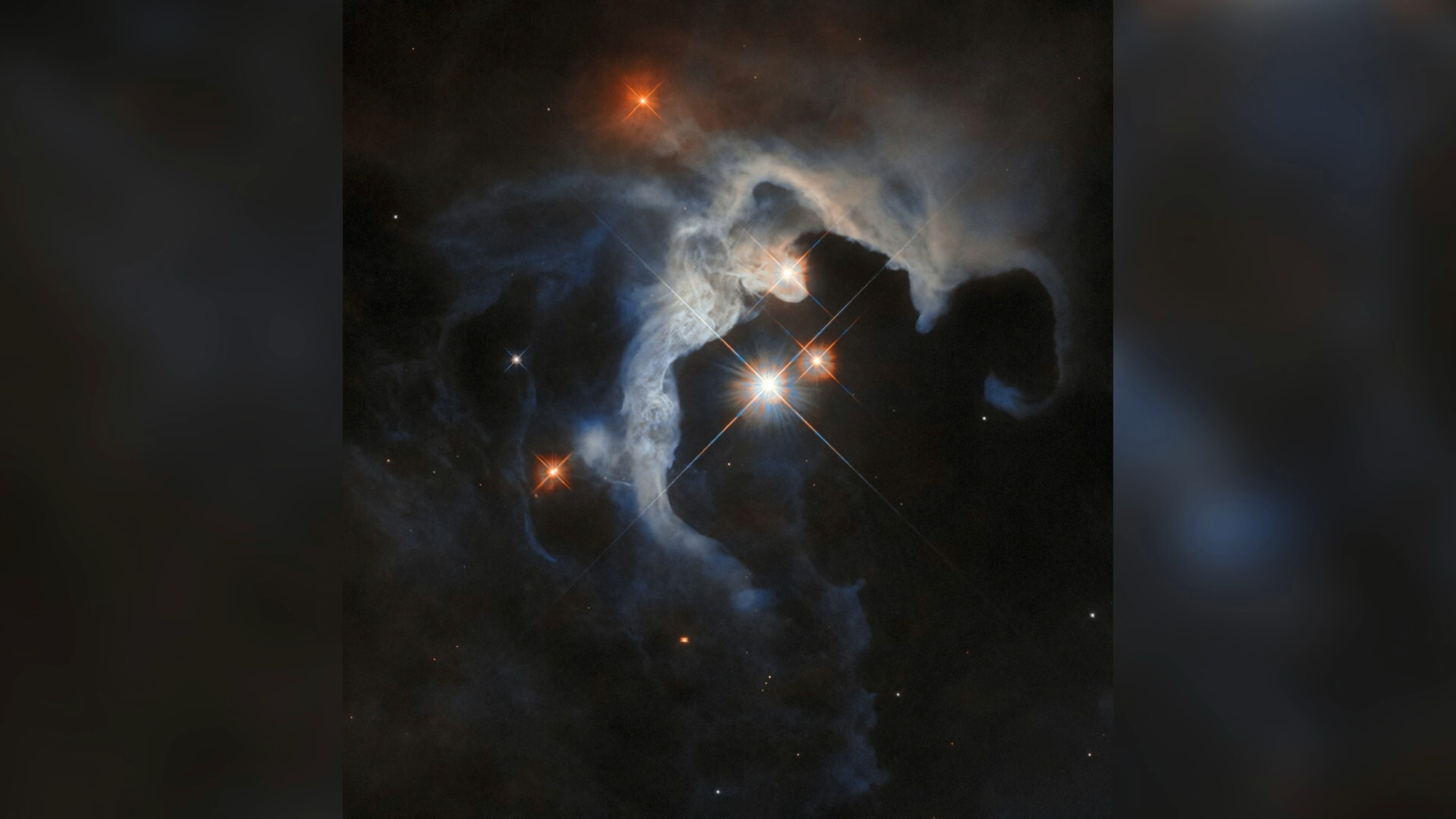Now Reading: A newly forming ocean may split Africa apart, scientists say
-
01
A newly forming ocean may split Africa apart, scientists say
A newly forming ocean may split Africa apart, scientists say

A plume of molten rock deep beneath eastern Africa is pulsing upward in rhythmic surges, slowly splitting the continent apart and potentially marking the birth of a new ocean.
At least, that’s what a team of researchers led by Emma Watts of the Swansea University in the U.K. recently discovered. More specifically, the scientists’ new study found that the Afar region of Ethiopia is underlain by a plume of hot mantle that rises and falls in a repeated pattern, almost like “a beating heart.” These pulses, the team says, are closely tied to overlying tectonic plates and play a key role in the slow rifting of the African continent.
“We found that the mantle beneath Afar is not uniform or stationary — it pulses, and these pulses carry distinct chemical signatures,” Watts said in a statement. “That’s important for how we think about the interaction between Earth’s interior and its surface.”
The Afar region, which covers the northeastern region of Ethiopia, is one of the few places on Earth where three tectonic rift systems meet — the Red Sea Rift, the Gulf of Aden Rift and the Main Ethiopian Rift. As the tectonic plates in this so-called “triple junction” are pulled apart over millions of years, the crust stretches, thins, and eventually breaks, signaling an early step in the formation of a new ocean basin. Geologists have long suspected that a plume of hot mantle lies beneath this region and helps drive the rifting process — but, until now, little was known about how that plume behaves.
To study what lies beneath, researchers collected over 100 volcanic rock samples from across Afar and the Main Ethiopian Rift. They combined this fieldwork with existing geophysical data and advanced statistical modeling to better understand the structure and composition of the crust and underlying mantle.

Their analysis revealed a single, asymmetric plume beneath the region, marked by repeating chemical patterns or “geological barcodes,” according to the new study.” The chemical striping suggests the plume is pulsing,” study co-author Tom Gernon of the University of Southampton said in the statement. “In places where the plates are thinner or pulling apart faster, like the Red Sea Rift, those pulses move more efficiently — like blood through a narrow artery.”
“We found that the evolution of deep mantle upwellings is intimately tied to the motion of the plates above,” study co-author Derek Keir of the University of Southampton added in the same statement.
RELATED STORIES
“This has profound implications for how we interpret surface volcanism, earthquake activity, and the process of continental breakup.”
The team’s study was published on June 25 in the journal Nature Geoscience.
Stay Informed With the Latest & Most Important News
Previous Post
Next Post
-
 01From Polymerization-Enabled Folding and Assembly to Chemical Evolution: Key Processes for Emergence of Functional Polymers in the Origin of Life
01From Polymerization-Enabled Folding and Assembly to Chemical Evolution: Key Processes for Emergence of Functional Polymers in the Origin of Life -
 02Panasonic Leica Summilux DG 15mm f/1.7 ASPH review
02Panasonic Leica Summilux DG 15mm f/1.7 ASPH review -
 03Two Black Holes Observed Circling Each Other for the First Time
03Two Black Holes Observed Circling Each Other for the First Time -
 04How New NASA, India Earth Satellite NISAR Will See Earth
04How New NASA, India Earth Satellite NISAR Will See Earth -
 05And Thus Begins A New Year For Life On Earth
05And Thus Begins A New Year For Life On Earth -
 06Astronomy Activation Ambassadors: A New Era
06Astronomy Activation Ambassadors: A New Era -
07SpaceX launch surge helps set new global launch record in 2024




















